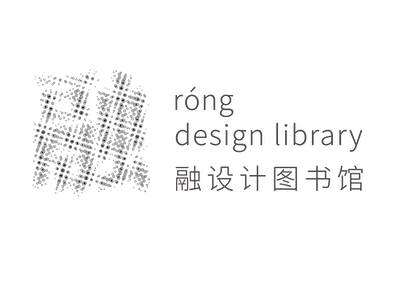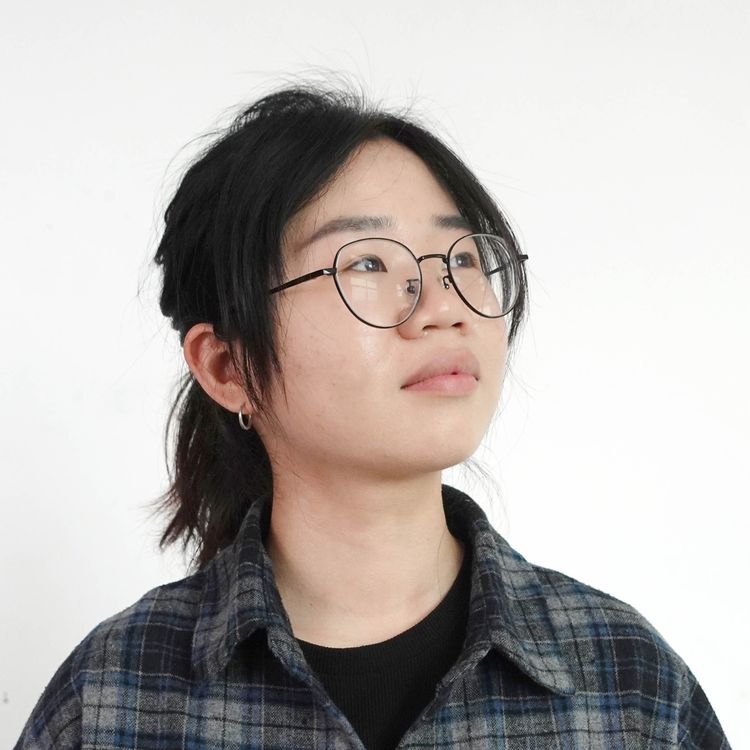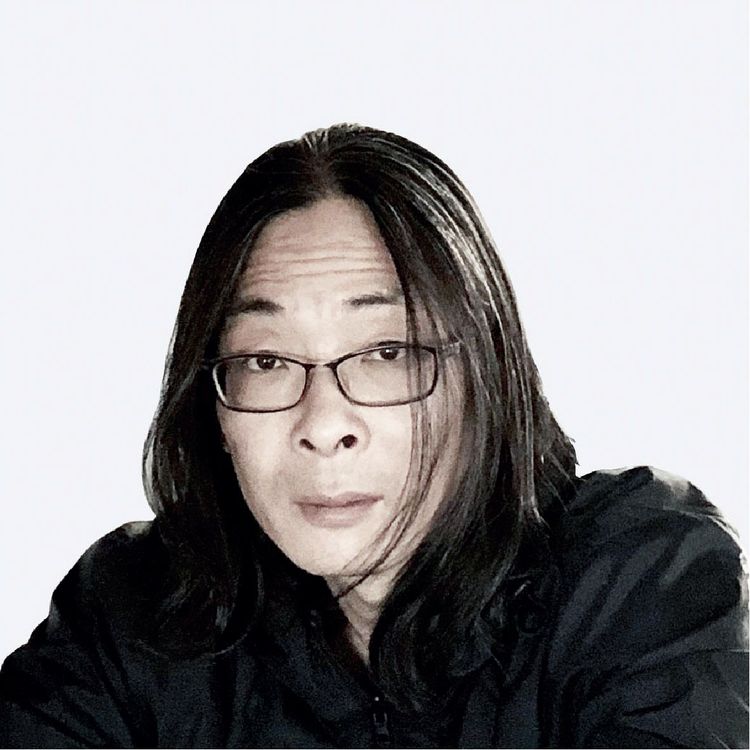Gang Xu, Yatu Tan, Weibin Ye, Zixin He
Gang Xu
Founder and design director of BENTU design, BUZAO, NONGZAO, founder of the Sustainable Design (Materials) Museum.
The senior domestic independent designer founded the first domestic concrete furnishing brand - Bentu - in 2011. Over the years, he has been leading design teams, looking deeply into the current state of industrial systems and focusing on urban ecology and humanity development. With humanistic design as a means and sustainable development as a concept, the team he leads has been developing and innovating high-performance concrete processes for many years, ultimately enabling the recycled use of waste materials and promoting green development of the environment and resources. His team has deepened its practice focusing on the concept of sustainable design, leading the way in the Chinese home furnishing industry, and its product designs are renowned at both overseas and domestic level, authorized with multiple design awards.
Yatu Tan
Brand Manager and project designer of Nongzao, MA in Spatial Design from the Royal Danish Academy of Fine Arts. After joining the team Bentu and Nongzao, she currently takes on the role of the principal manager of the Nongzao brand, focusing on the systematic investigation of humanistic and on-site materials and the practice of material development and application. The research involves the following topics: research and product application of raw and waste soil materials, research and application of Yingjing clay traditional craftsmanship and modern techniques, and practice of the "Seeds Project" for the re-cultivation of Xianghe glutinous in Huanggang Dong Village, Qiandongnan.
Weibin Ye
Industrial designer, electrical and mechanical engineer. He is currently the researcher of materials and technology development for BENTU design and Nongzao. He is passionate about the development of different materials and mechanical equipment technologies and applications in product design. Involved topics include: research and application of bio-based plastic substitutes such as coffee grounds and agricultural waste, development and application of recycling materials, 3D printing technology and equipment research and additive manufacturing, research and application of solar energy lighting products and wireless transmission products for mobile communication devices, etc.
Zixin He
Designer of the Sustainable Design (Meterial) Museum. Participated in the digital translation, field research and data collection of the Buyi pattern in the digital weaving project.In exploring the project, she fully understands the culture of the Buyi minority and traditional weaving techniques to ensure the authenticity and cultural connotations of the project.
Weaving X-Y-Z - Interpretation of Qianyinan Buyi’s Traditional Weaving with 3D Printing Strategies
Material:PLA 3D-printing
Size:110*110*26mm; Φ208*49mm; 200*200*3mm
By scientifically deconstructing and studying the structure of traditional Buyi weaving, the weaving patterns are translated into editable, modifiable and diffusible flat geometric shapes. Together with the results of in-depth research into the field of the Qianyinan Buyi minority, Nongzao team has digitised and reconfigured the weaving patterns through different logical relationships, generating random patterns from the traditional weaving motifs through computer programming. The perceptive traditional warmth creates many possibilities in the rational digitisation, which finally integrates with 3D printing technology to become a completely new representation.
In the field, a random combination of digitised perceptual graphics is produced by converting sounds, images and perceptions into a quantifiable graphic, with intervening traditional woven patterns. We took the sounds collected from the cotton fields, the looms, the songs of the traditional Buyi Nuo play, the laughing and joking of the labourers and the various ditties of life on site, and transformed them into a computer language, interfering with the original traditional weaving patterns through programming to produce new parterrns, and then by applying them to different products, we found our means of design for the sustainability of traditional culture. Might the linking of sound and picture from the vernacular with the language of contemporary computing create a traditional direction for future inquiry?
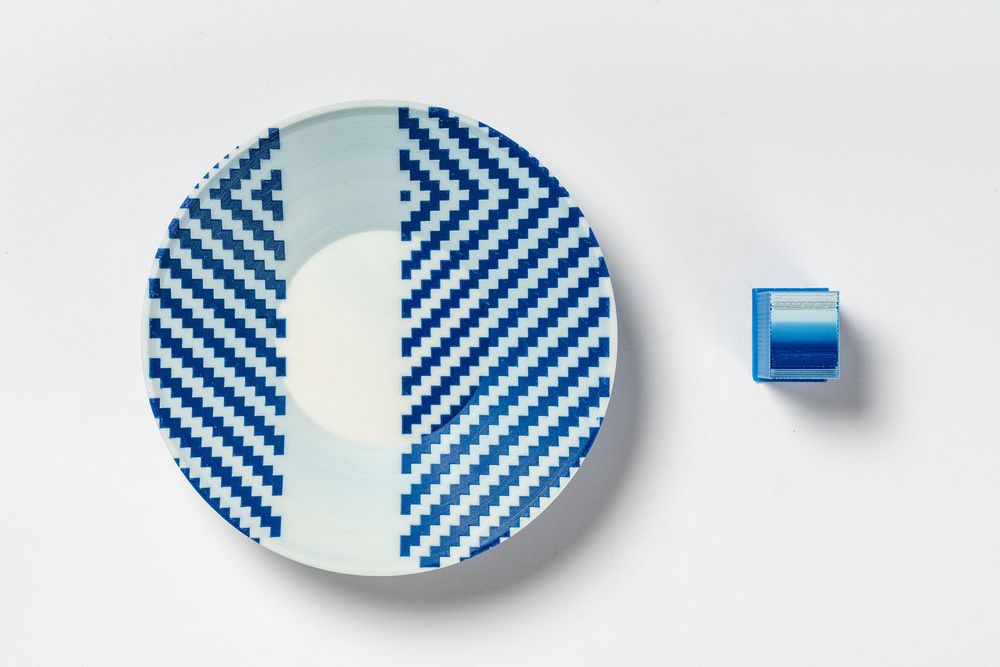
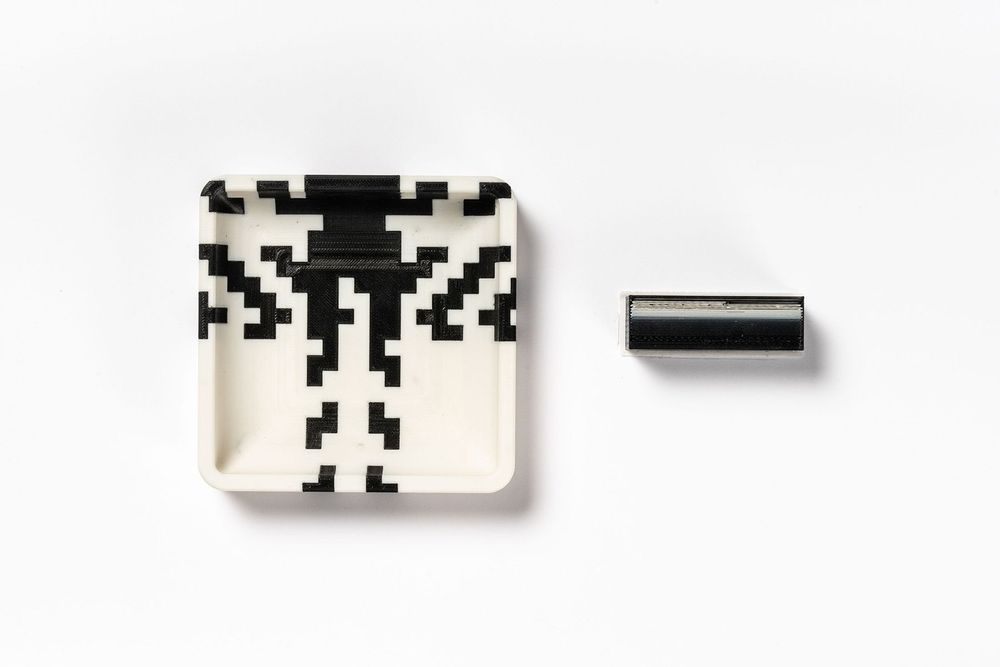
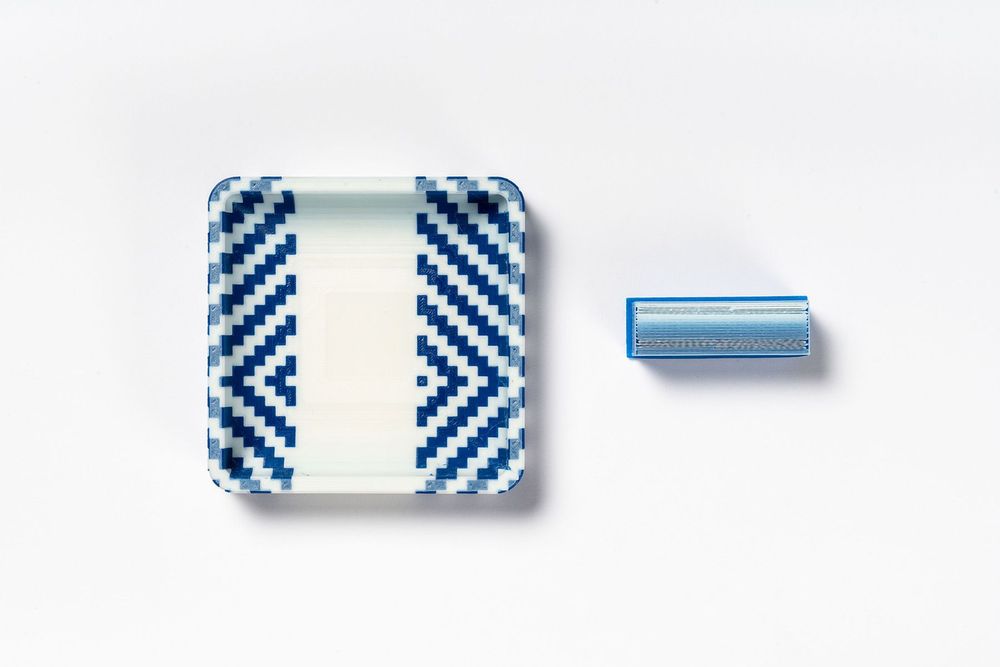
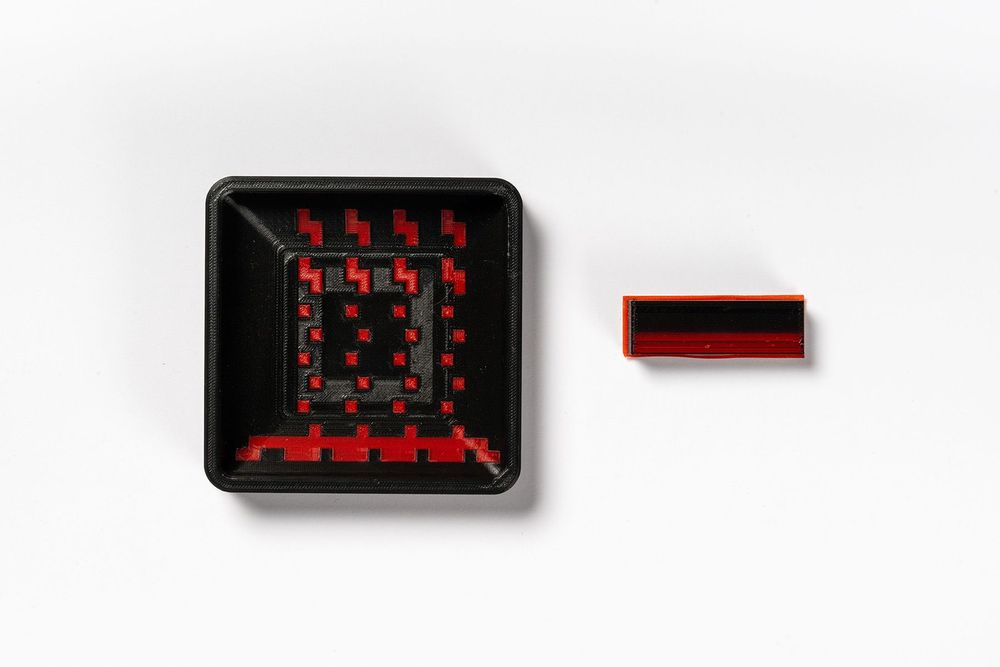
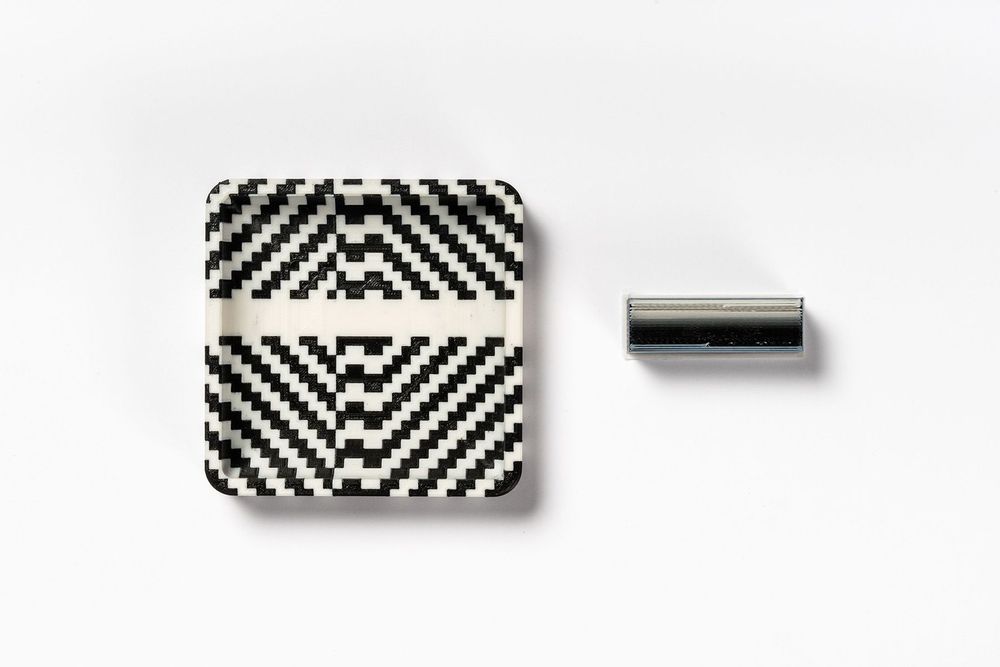
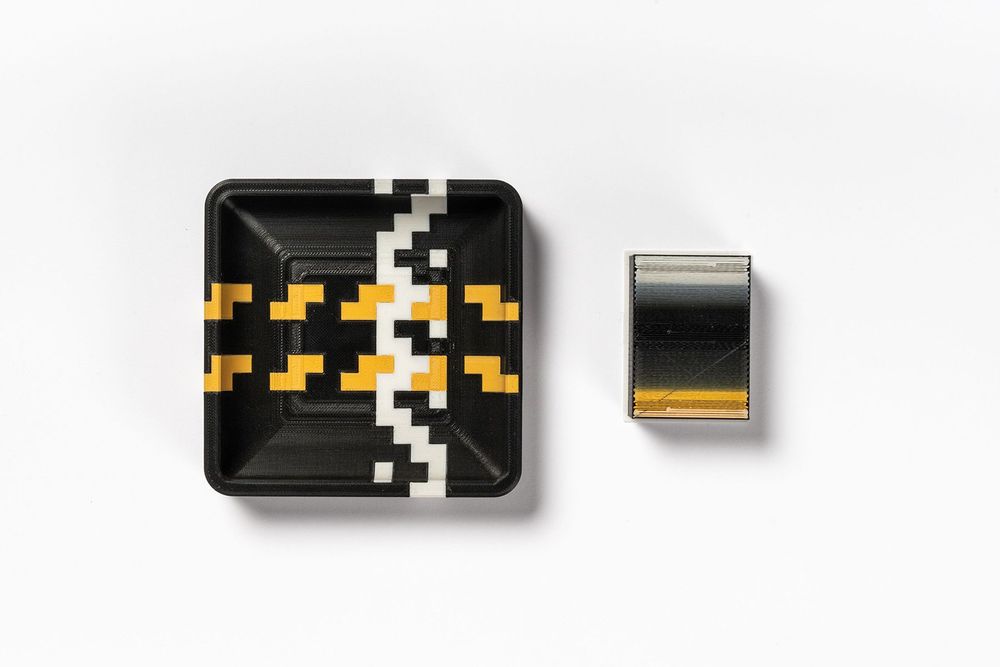

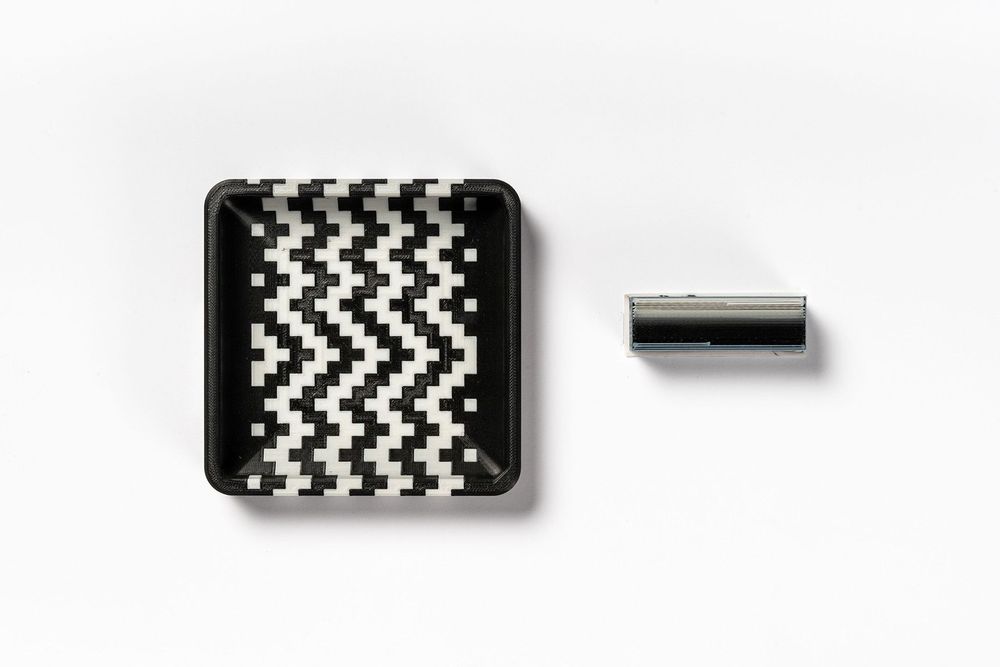
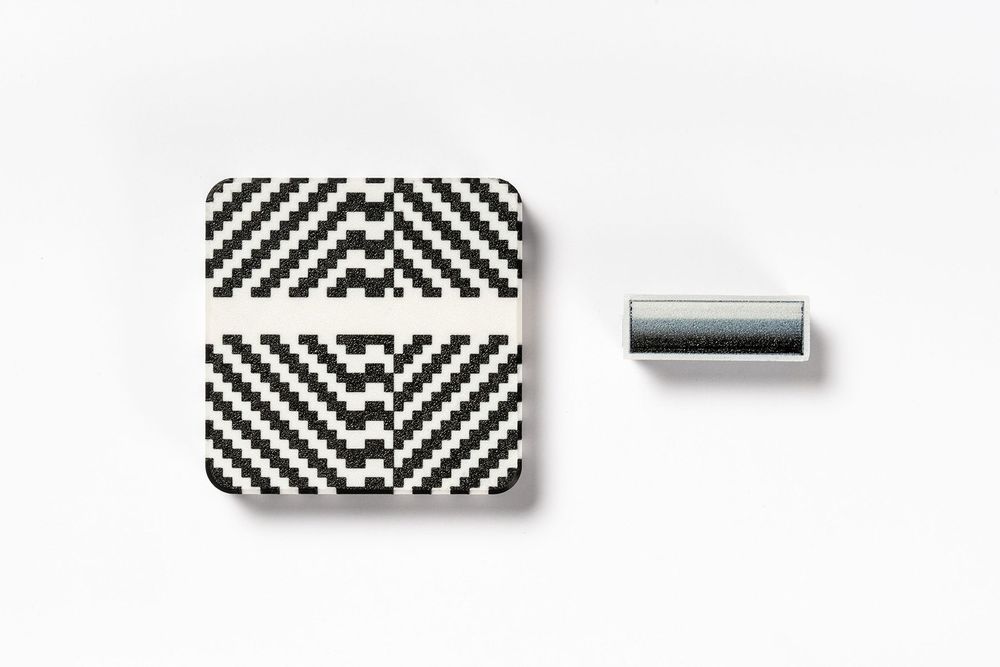
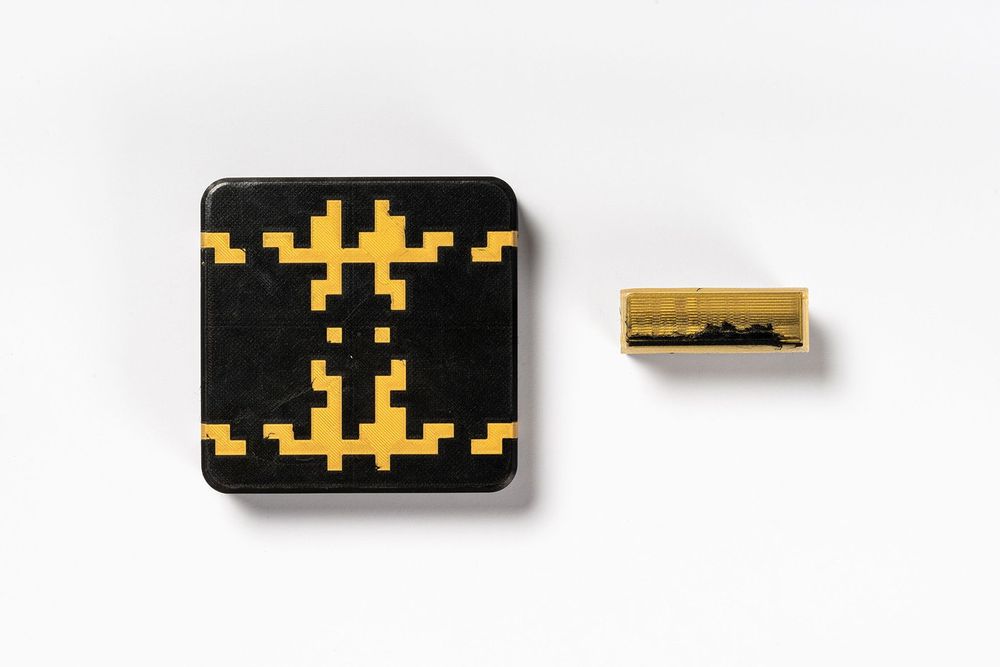



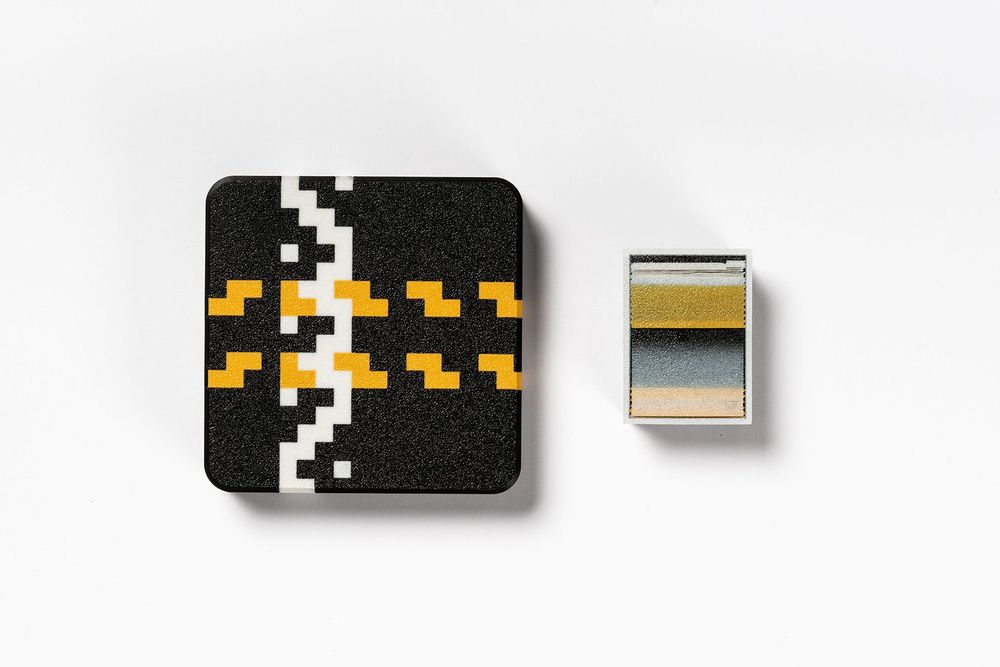

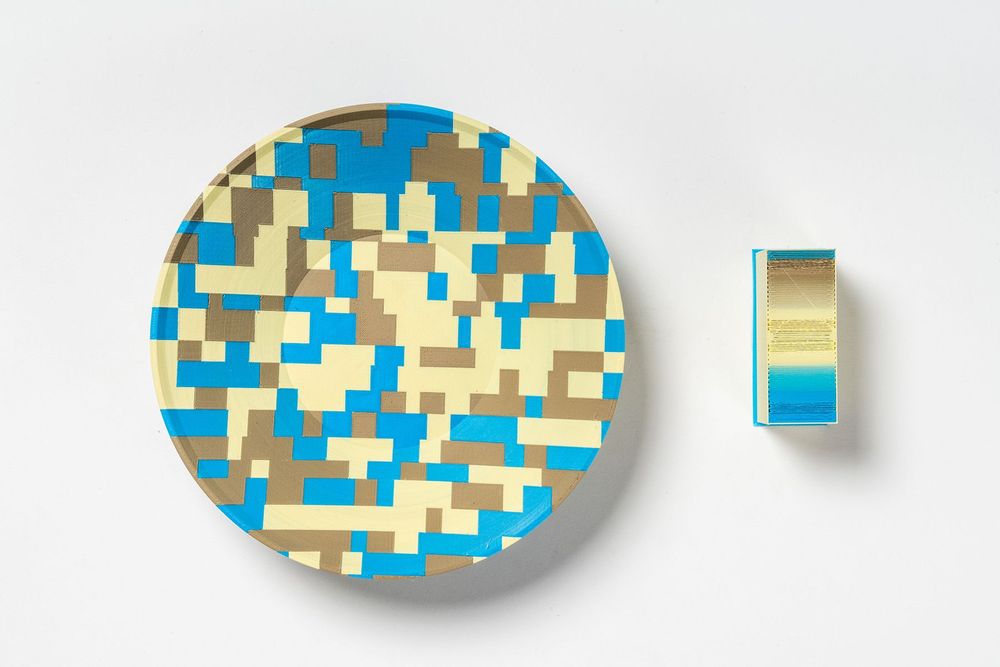

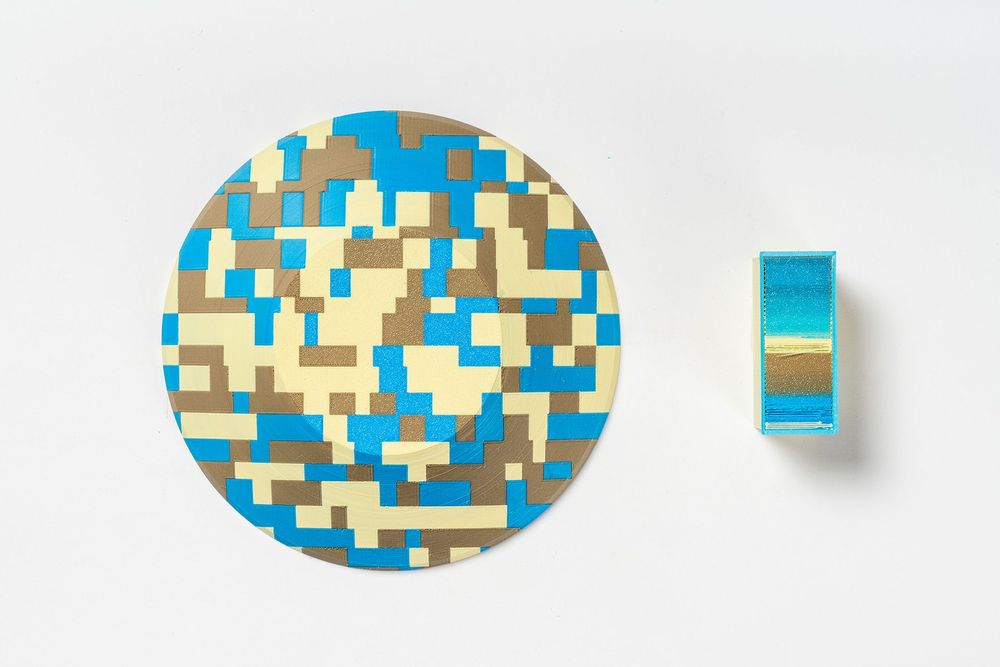
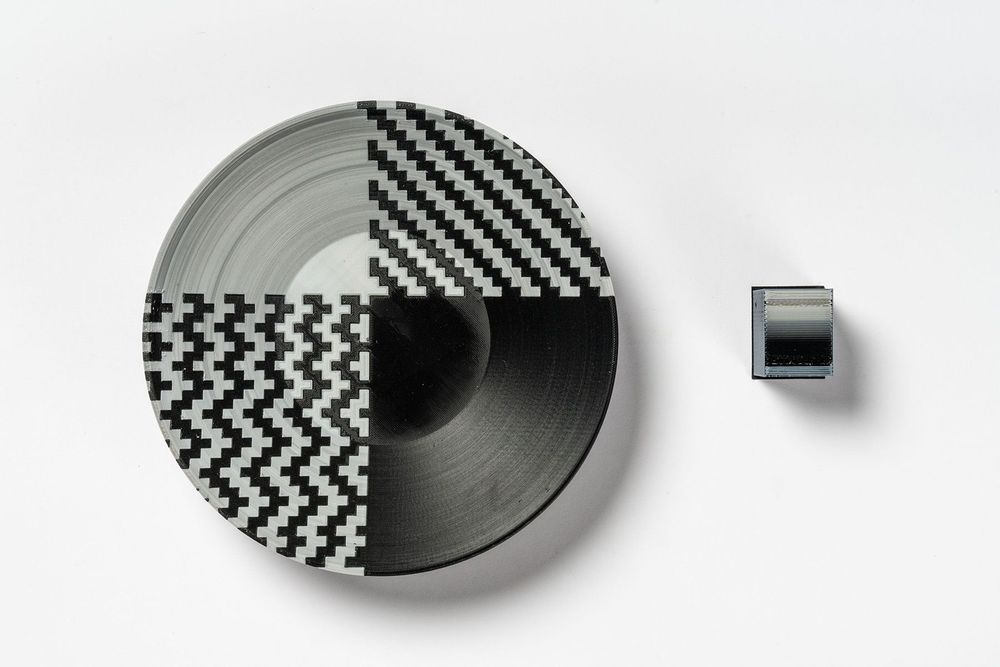
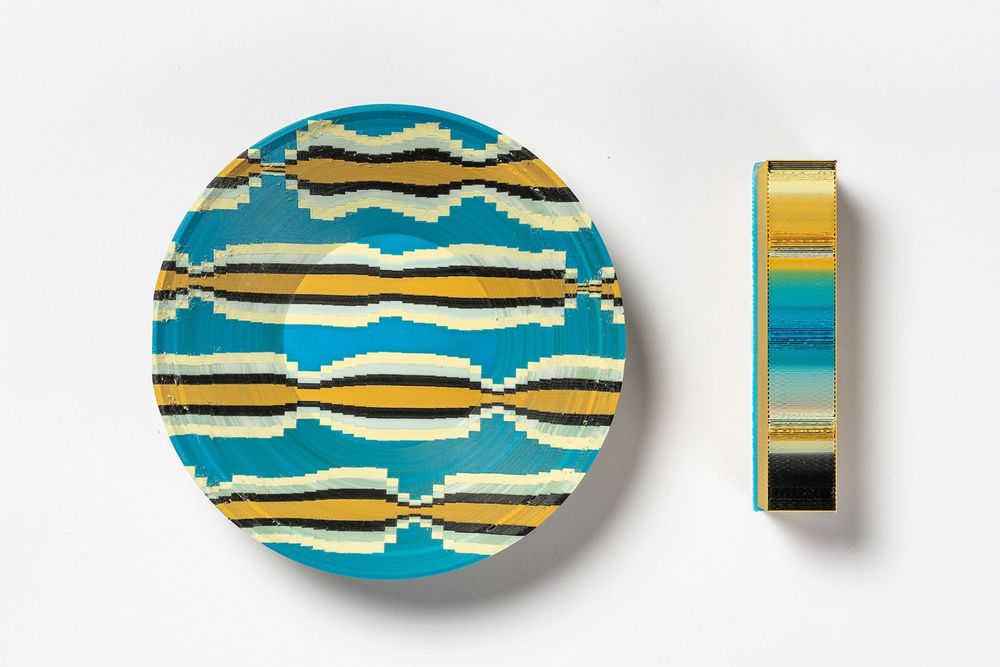

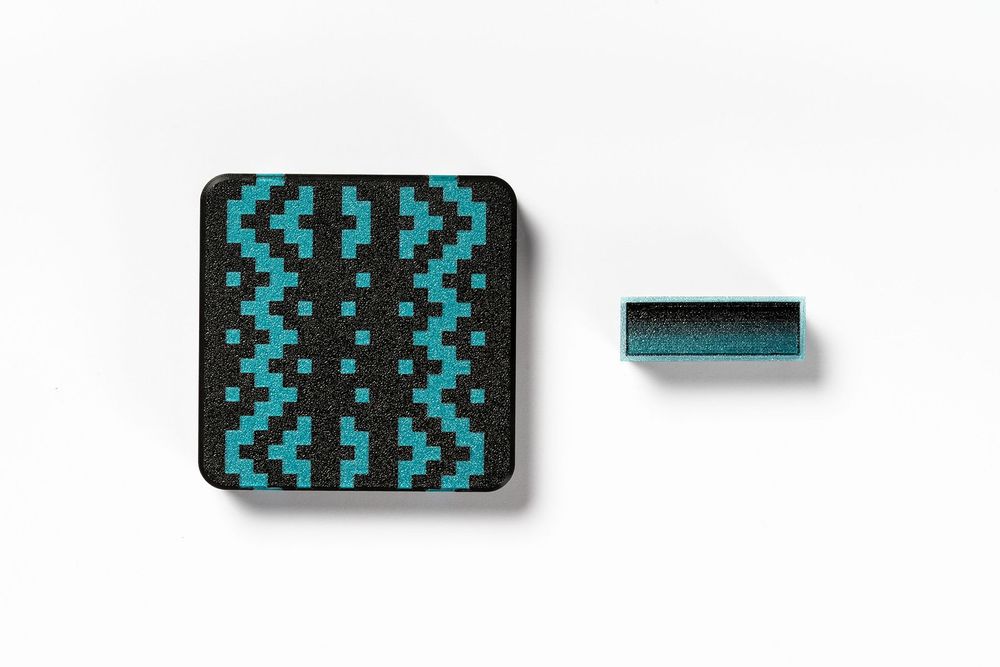
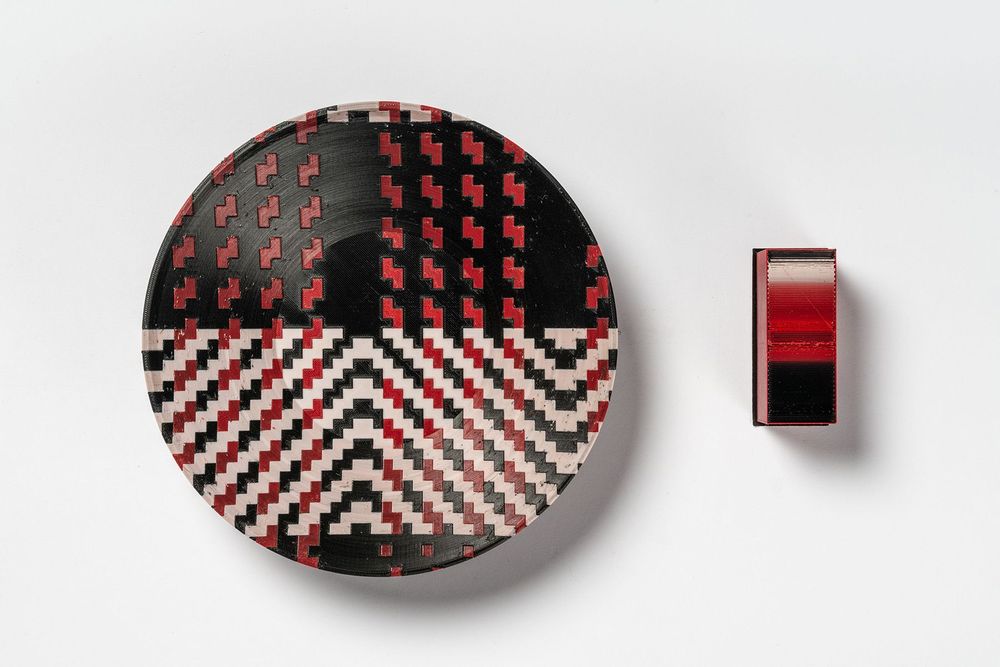

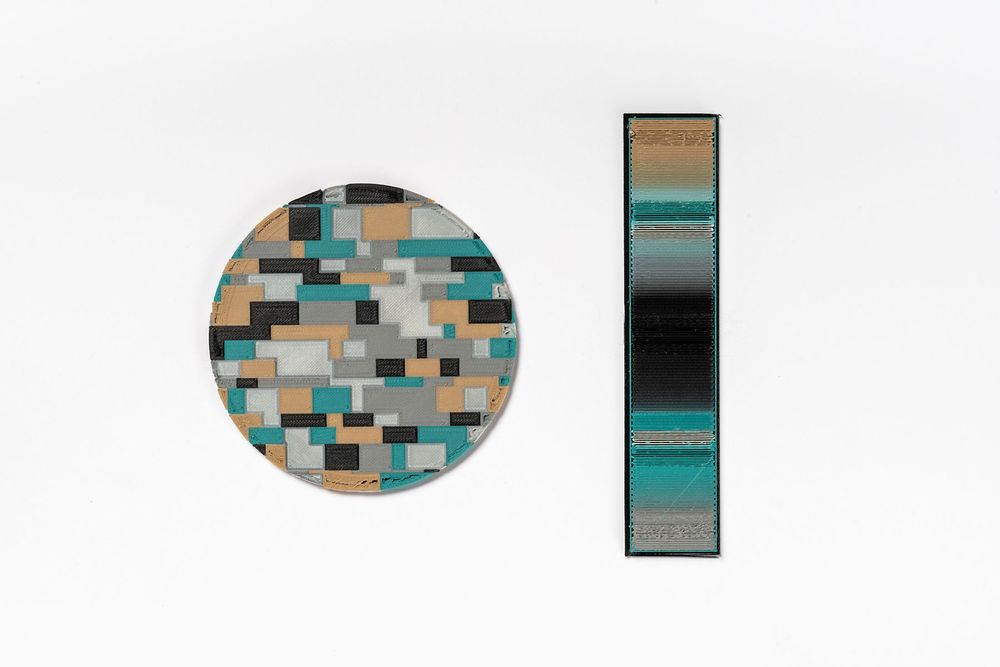
Related Research

silk




textile texture



weaving






